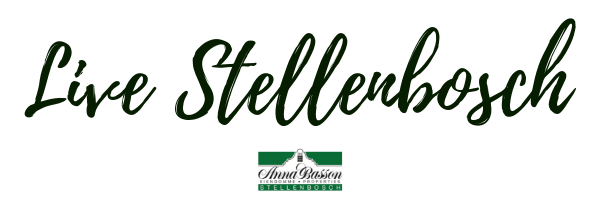Indigenous forests are usually associated with Knysna and its surrounds, but there were many olienhout, stinkhout, hardepeer and assegaaihout in Stellenbosch in the past. Today we see examples of this in the mountain kloofs of Jonkershoek – especially in Swarboskloof and Langrivierkloof. Luckily Assegaaibos and the Jonkershoek valley had been quite inaccessible to the settlers – it was viewed as the place where the rural landscape became the ‘wilderness’.

Harris and Pistorius writes that in the 17th century Jonkershoek had much more trees,
“... we imagine a densely planted valley bottom, virtually a forest of large trees like Yellowwood, spreading along the watermeadows and the shifting course of the Eerste Rivier, mixed with a rampant growth of lesser trees and shrubs that also reached up the tributary streams.”
Apart from the more well-known trees (like the hardepeer, assegaaihout, geelhout, rooi-els, wit-els, wilde-amadel, olienhout , notsung, keurboom and boekenhout), there are more than 1100 known tree species in the Stellenbosch area.
Much of the original forests were destroyed by veld fires, but of course the settlement of permanent residents also took its toll on the environment. It is speculated that the nomadic farmers, the khoi, cleared parts of the veld at Jonkershoek for grazing. Patches of thick fynbos were burned down so that new, softer shoots could grow there. In their research, Harris and Pistorius reckons that the clearings made by the Khoi were utilised years later for the Dutch settlers' homes.
The Dutch settlers were dependent on indigenous wood. As with fynbos they used any available plantmaterial for household use. ‘Lepelhout’ was used for kitchen utensils (hence the name), and the strong wood of the Olien tree used for axe handles and the plow share. Yellowwood was an esteemed wood for making furniture, floors and ceilings, and beautiful examples thereof can be seen in the town museum. Even the making of leather products required the use of wood, using the bark of trees for tanning.
Apart from in the home, the Dutch also used wood to make wagons and carriages - assegaai wood was used for the spokes, rooi-els, boekenhout or wildesering for the rims and waboom for the brake pads.
The continuous destruction of indigenous wood threatened the small settlement. On a visit to Stellenbosch only 6 years after the town’s establishment, H.A. Van Reede, high commissioner of Drakenstein, became very worried about the sustainability of wood. Measures to protect the trees were applied strictly and inhabitants along the river banks prohibited to chop down trees outside of their property borders. Soon it became necessary to replace every felled tree with a young oak or other tree.
Geelhout furniture at the town museum
Van Reede recommended that a number of ‘indigenous trees as well as trees from the homeland' should be planted on each acre. Today we realize the threat of alien trees, but in the past they were probably seen as a harmless, functional (and probably sentimental) resource. Both Simon and Willem Adriaan van der Stel were 'passionate horticulturists' and encouraged the planting of especially oaks.
In 1712 it was decided to bring young oak trees from Rondebosch to act as ‘ornament’ for Stellenbosch. None of the original Van der Stel oaks still exist, but some in town date back to 1760. The oaks in both Dorp Street and Die Laan have been declared national heritages.
In the 1840’s – because wood became scarce and land was needed for cultivating grains – many settlers moved to the Overberg and Swartland areas in search of greener pastures. In this time many oaks and blue gums were planted in Stellenbosch. Alien trees such as the Pine, hakea, poplar, acasia and willow were probably seen more frequently. The introduction of forestry at Jonkershoek made the beautiful area more accessible, but also changed the landscape dramatically. A strip of trees, mostly pine, now appears between the farmland (mostly vineyards) and the protected nature reserve.
In town there are some gems left of the indigenous trees. If you come across one, take a picture and share it on www.ispotnature.org. There are some beautiful yellowwoods on the corner of Rowan and Mancadan street.
